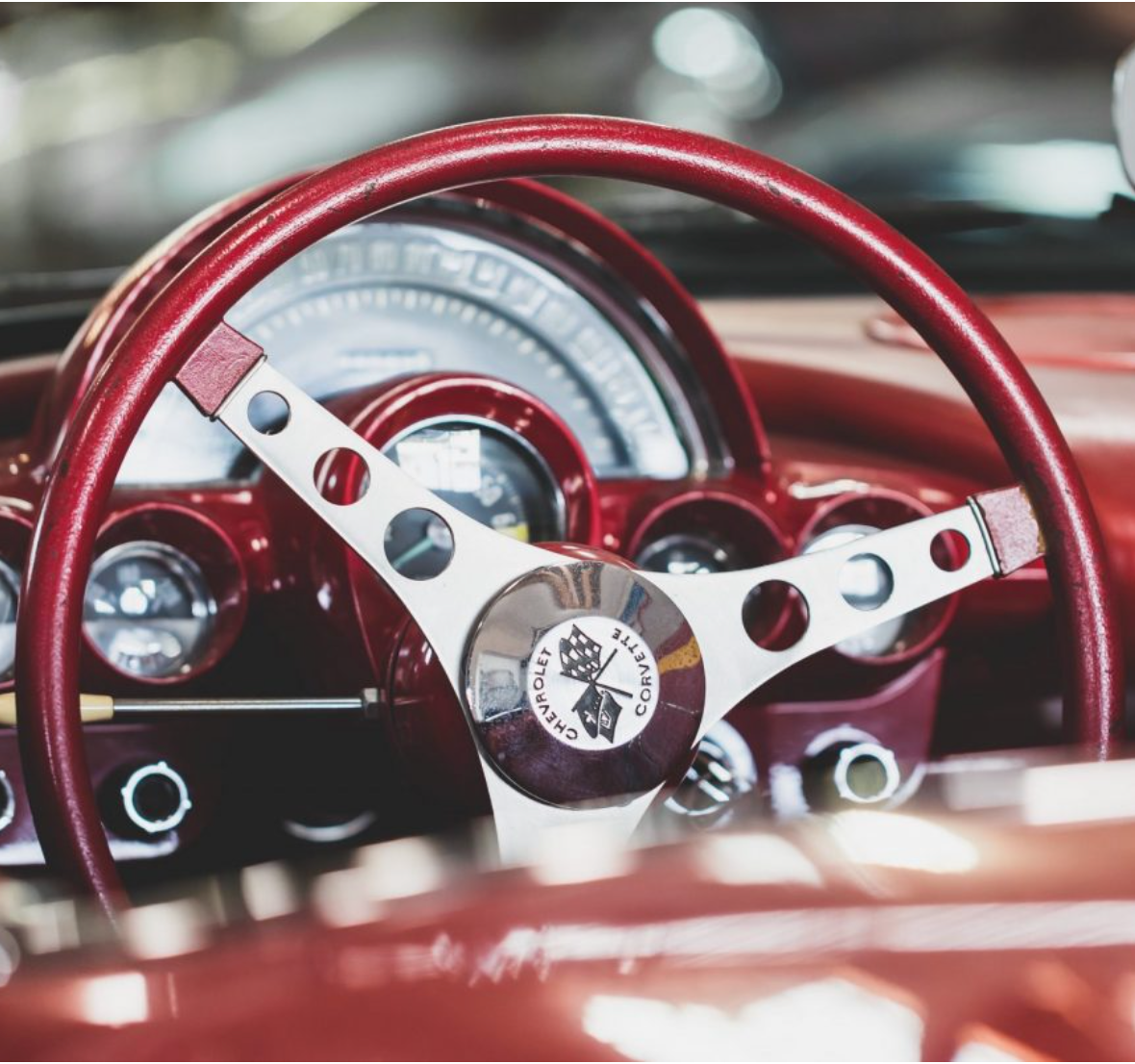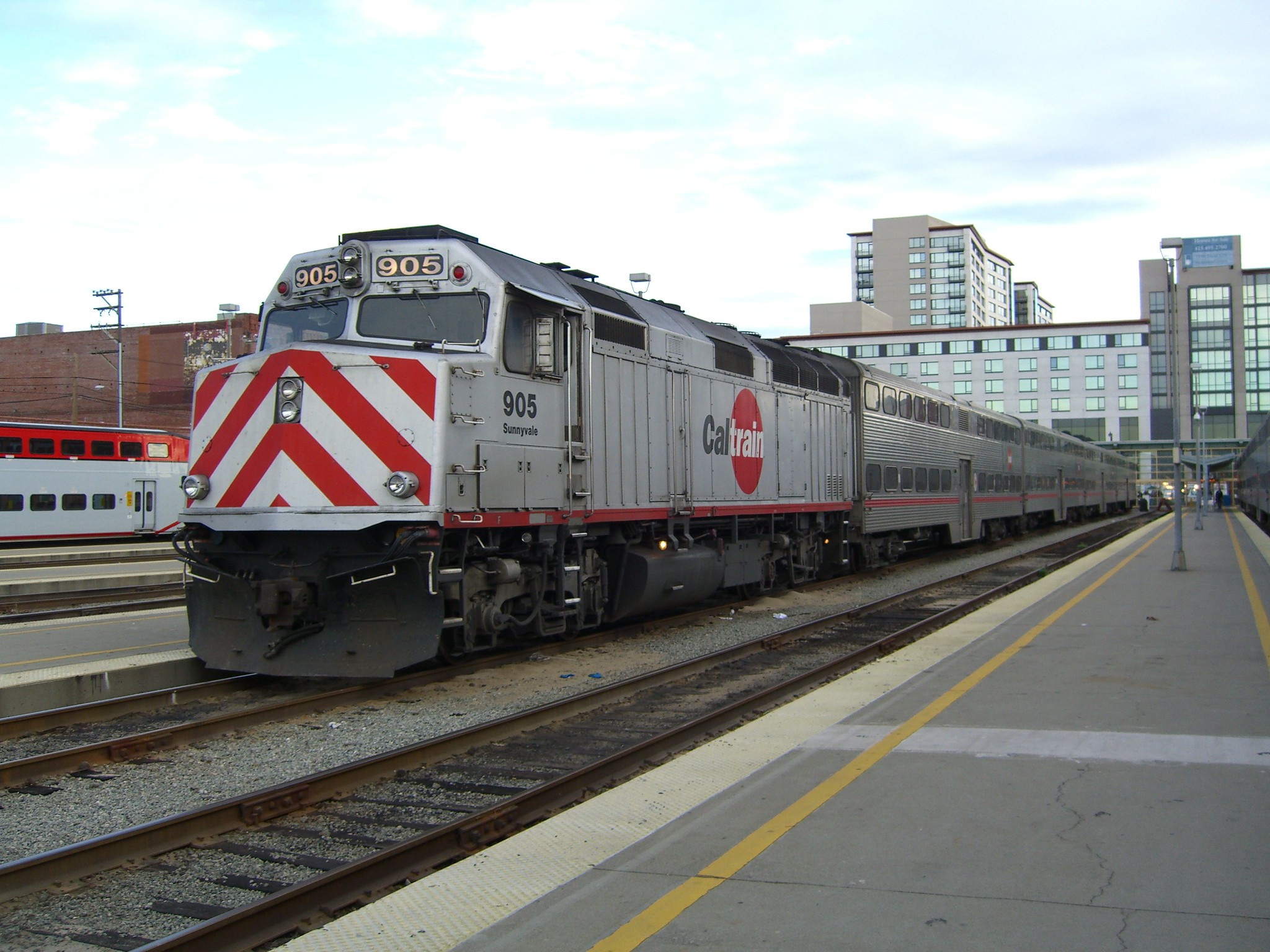Op-Ed: Is Car Culture Is Getting Even Worse?
12:01 AM EDT on September 6, 2021

Image courtesy Streets.MN
Editors note: This article originally appeared on Streets.mn. We're extending the deadline to submit your nominations for our America's Toxic Car Ads are open until 11:59 p.m. on Sept. 6; send us your worst today.
I wrote an article a few years ago for my blog that I rediscovered the other day. It turns out, nothing ever changes because I’ve been thinking a lot recently about the same asinine dynamics of driving in America. For example, “fake engine noise,” which was kind of new five or six years ago, is all too common in 2021. Most people don’t even realize that half of the racket they hear from people speeding their cars and trucks down the street is not even engine noise. To make a long story short, car culture is certainly worse today than it’s ever been.
Take, for example, the contest over at Streetsblog for “America’s Most Toxic Car Ads.” Six years ago, the worst car commercial I’d seen was for the Dodge Charger (which makes total sense, as Charger drivers are the most aggressive offenders).
You can watch it yourself here, but here’s the transcript:
[Menacing male voice] We don’t have to worry about predators like our ancestors did.
No saber tooth tigers stalking from the brush. No dire wolves circling the camp.
There are no more monsters to fear. . . . And so we have to build our own.
The commercial is a Dodge, in the most dual sense of the word, but the metaphor they use is apt.
On the one hand, cars are increasingly a simple transportation technology. Because, in today’s congested, wired cities, many younger people no longer view cars as an intensely personal thing. A lot of folks simply buy cars for practical reasons, or opt instead to rely on transit, technology or their own two legs to get them around. This forces car companies to create their own emotional justification to get people to buy. They must invoke their own monsters, and sell people on driving in a different way. And for many machines, invoking auto desire is a desperate affair, where cars peddle the growl, the image, the sound, the effect it has to have your car or truck disturb others.

Cars as Class Performers
In a sense, this is nothing new. Car makers in general, and General Motors most of all, have long understood that the lure of the automobile goes far beyond simple transportation. The appeal of the automobile is affect: the feel of leather, the roar of an engine, the techno glow of the dash, the curves of the fender.
Here’s an article by sociologist David Gartman called “Three Ages of the Automobile: the Cultural Logics of the Car,” which describes the relationship between GM and (French sociologist Pierre Bourdieus’ theory of) class distinction:
General Motors head Alfred Sloan sensed the emergence of what he called this ‘mass-class market’ in the mid-1920s, arguing that many buyers were now willing to pay a bit more for a car beyond basic transportation. His corporation began to compete with Ford’s Model T by creating mass-produced cars with the superficial style of the luxury classics. One of the most successful of these was the 1927 La Salle, a smaller, cheaper model of the corporation’s luxury car, Cadillac. Unlike the craft-built Cadillac, the La Salle was mass produced to lower its price. But to borrow the prestige of the nameplate, Sloan wanted the car to have the look of handcrafted luxury. To design this ‘imitation Cadillac’, he hired a Hollywood coachbuilder, Harley Earl, who created custom bodies for the movies and their stars. Earl was so successful in capturing the superficial look of unity and integrity for the mass-produced La Salle that he was hired by Sloan to do the same thing for the entire line of GM cars. In 1927 Earl joined General Motors as the head of the new Art and Color Section, later to be renamed Styling.
[…] The working class also wanted to appear distinctive and superior and, given the chance, imitated the goods of the bourgeoisie to do so. Workers may have initially consumed simple, functional cars because they could afford nothing else, not because they had an ingrained taste for them. The rising incomes of American workers during the 1920s, however, allowed them to abandon these goods and demand cars with style, thus entering the game of distinction for the first time.
A glance, at a classic car convention reveals that the “golden age” of the American auto is synonymous with the pioneering GM car/class hierarchy, when the difference between a ’58 and a ’59 Chrysler was both everything and nothing. Today, most of these brands are mothballed; only four remain. (And really, why does Buick exist?)
The symbolism and meaning of the American car has been replaced by functionality — and even there, with the onboard Wi-Fi, the “foot-actuated trunk” and a wide variety of other gimmicks — car companies seem increasingly desperate to generate distinction.
This is where the garbage comes in.

Deception and Desperation
It turns out that new-car smell is toxic, and even something as simple as the roar of an engine, it turns out, is often amplified, just like the fake bell of the light-rail train. Worst of all was the Volkswagen scandal, where the advance and wonder of German technology was employed not to save humanity, but to deceive it. See also Toyota’s efforts to delay action on climate change until they can get their piece of the pie.
The fraud flies in the face of the techno-environmental narrative, where state-led liberal good governance somehow survives the apocalyptic onslaught of Congressional politics. The story suggests a seamless transition out from the auto age: CAFE standards will rise, cars will shrink, corporations will turn over new Nissan Leafs, and slowly but surely we will evolve from the stink of everyday driving.

But that’s not the reality in the new car era, where automobiles and hucksterism have long been synonymous, and industry insiders in Minnesota have been working double-time on delaying even the most basic adoption of zero-emissions standards. Instead of Jerry Lundegaard’s “trucoat,” today’s cars are cloaked in lies, from EPA ratings to gas tax politics.
The most disturbing part of the VW story is that this kind of cheating might be commonplace. The second-largest car company is surely not the only one to flout the letter and intention of the law.
This is from The Guardian:
Max Warburton, an analyst at the financial research group Bernstein, said: “There is no way to put an optimistic spin on this – this is really serious.”
A British expert in low-emission vehicles claimed the manipulation of air pollution data could be “very widespread” and that tests in Europe are “much more open to this sort of abuse”.
Greg Archer, a former government adviser and head of clean vehicles at the respected Transport & Environment thinktank, said: “I am not surprised. There has been a lot of anecdotal evidence about carmakers using these defeat devices. All credit to the EPA for investigating and finding the truth.”
Archer, the former managing director of the UK’s Low Carbon Vehicle Partnership and non-executive director for the government’s Renewable Fuels Agency, said the scandal could spread into petrol cars and CO2 levels. “It is probably not limited to diesel and not limited to emissions,” he added.
The same kind of asinine revanchism is happening at the consumer level, where so-called “defeat devices” are way more common than any sane person would think. (Seriously, read that article; it’s horrifying.) Polluting is central to the economic networks of the mid-20th century, and freeways, suburbs, gasoline and automobile companies are no strangers to corruption. How can you reconcile the death of fossil fuels with the life of the automobile?

Cars are their own worst monster, and they will dodge on their last legs like a boxer on the ropes until the very end. No, cars will not go gently into that good night. They will lie, cheat and growl their way to the grave.
Kea Wilson is editor of Streetsblog USA. She has more than a dozen years experience as a writer telling emotional, urgent and actionable stories that motivate average Americans to get involved in making their cities better places. She is also a novelist, cyclist, and affordable housing advocate. She previously worked at Strong Towns, and currently lives in St. Louis, MO. Kea can be reached at kea@streetsblog.org or on Twitter @streetsblogkea. Please reach out to her with tips and submissions.
Read More:
Stay in touch
Sign up for our free newsletter
More from Streetsblog USA
The 30% of Non-Driving Americans Must Form a Movement: A Conversation with Anna Zivarts
"At the end of the day, there are going to be folks who still can't drive and can't afford to drive — and there are still going to be a lot of us."
Thursday’s Headlines Fight a Suburban War
The way Politico lays out the battle lines, it's not just drivers versus transit users, but urban transit users versus suburban ones.
How Car-Centric Cities Make Caring For Families Stressful — Particularly For Women
Women do a disproportionate share of the care-related travel their households rely on — and car-focused planning isn't making matters easier.
Wednesday’s Headlines Build Green
A new bill dubbed "Build Green" would replace many of the climate-friendly elements Sen. Joe Manchin insisted on stripping from the Inflation Reduction Act.
E-Bikes and Creating Financially Sustainable Bike Share Programs
The number of customers using bike share in the U.S. and Canada is now at an all-time high thanks to e-bikes.




